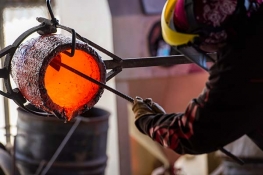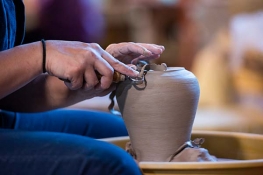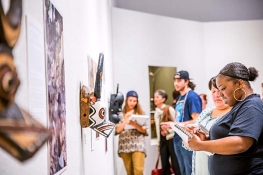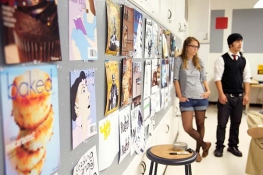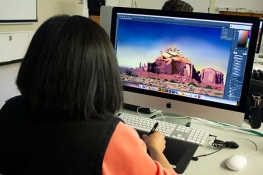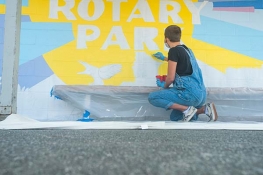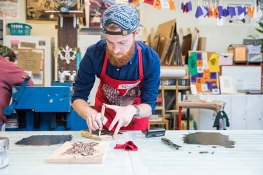Third Street Gallery archive: 2013 Exhibitions: Nature-Morphic: Annabeth Rosen

Humboldt State University First Street Gallery is pleased to present, Nature-Morphic, a solo exhibition by the artist Annabeth Rosen, on exhibit from April 6th through May 19th, 2013. The exhibition will feature recent works on paper and nine ceramic sculptures that Rosen has prepared for this exhibition. As the title of this exhibition suggests, Annabeth Rosen takes for her subject, morphologies, shapes, drawn from nature, while considered and reinterpreted under her poetic eye.
The sculptures on exhibit are all composed of multiple, disparate, biomorphic ceramic forms. The forms are variously bulbous, tubular, squirmy and are bound together to achieve the uncanny impression that one is looking at an unidentifiable life form. The pieces have energy and even personalities, vaguely familiar, yet they remain ineffable, too complex to fully comprehend.
The imagination of the viewer, in coming upon these pieces, is immediately carried to a personal and emotional narrative that conjures a nature, which permits such entities to exist. Of her process, Rosen writes that, “Sometimes, seemingly disparate things, when joined, can be utterly convincing.”
The exhibit will also feature large works on paper. Executed primarily in a monochromatic palette, the artist depicts, through gestural and expressive handling of her materials, animated, seething masses of her forms, as if through mitosis, they are splitting dividing, replicating and growing into larger entities.
A native of Brooklyn, New York, Rosen received her B.F.A in 1978 from the New York State College of Ceramics at Alfred University. She then earned an M.F.A. in 1981 from the Cranbrook Academy of Art in Bloomfield Hills Michigan. Since then her work has been featured all over the world, and she has received numerous awards, including the National Endowment for the Arts Craftsman Fellowship, a 1992 Pew Fellowship in the Arts and the 2011 Joan Mitchell Painters and Sculptors Award. Currently, she is a professor at the University of California, Davis where she holds the Robert Arneson Endowed Chair in Ceramic Sculpture.
Annabeth Rosen will give an artist talk and slide presentation about her work in the Humboldt State University Art Department Building, Room 102 at 5 p.m. on Friday, April 5th. For parking information, visit www.humboldt.edu/parking
A reception at HSU First Street Gallery will be held Saturday, April 6th, 2013 during Eureka’s monthly Arts Alive event. The gallery is open Tuesday through Sunday from 12 to 5 p.m. and is located at 422 First Street Eureka, California. Admission is free. Those planning group tours are encouraged to call ahead. For more information call 707-443-6363.
I've always needed to work building a momentum, day after day, creating an atmosphere in studio that allows the unexpected to happen, paying attention to the very obvious before me. Sometimes, seemingly disparate things, when joined, can be utterly convincing. In studio, there is very little randomness, and most things are set in motion from a multitude of forces. There is a conscience attempt to be aware of
unconscious choices. Sometimes, how I've piled the discarded shapes to the side of where I'm working are closer to the unpremeditated and unpredictable elements sought after, than in the piece I'm making.
Stock piling, accumulating parts and pieces, colors, collections, back ups and then back ups for the back up, safeguarding against disaster or deficiency. Making sure, making one, two, three of everything just in case, not to miss something or miss out on foretelling the next step. The extreme malleability of the material and the addictive nature of production in ceramics fuels accumulation.
All of my sources are readily available in the visual world, yet it is through the general urge to create that these sources become visible. It is for this reason that the work stands, or balances on a fine line of stability and instability. It is also the very nature of the ceramic material that allows it to become physically attached to the world of stuff, rather than a digital attachment to the world of information.
Informational bricolage as found on blogs, torrents, and Youtube, serves as a transient form of cobbling together another world, on information.
I break almost as much ceramics as I make. By being so focused on a destination for the piece, I overlook possibilities. Much of the work is made with already fired parts broken, reassembled, re‐glazed and refired with the addition of wet clay elements. I work with a hammer and chisel and I think of the fired pieces as being as fluid and malleable as wet clay. A broken shard can be a more potent idea of the object than the object itself and a reminder of how elusive it is to find and identify the elements that excite. And any one piece out of context may reveal the work in a new way.
The nature of clay changes so profoundly in the course of working with it, from this soft brown muck, to a hard and perhaps knowable and useful thing‐‐ a real thing in the real world. I want the things I make, even though invented, to be as real and as believable as any other familiar object in the everyday.
Annabeth Rosen
Spring, 2013
